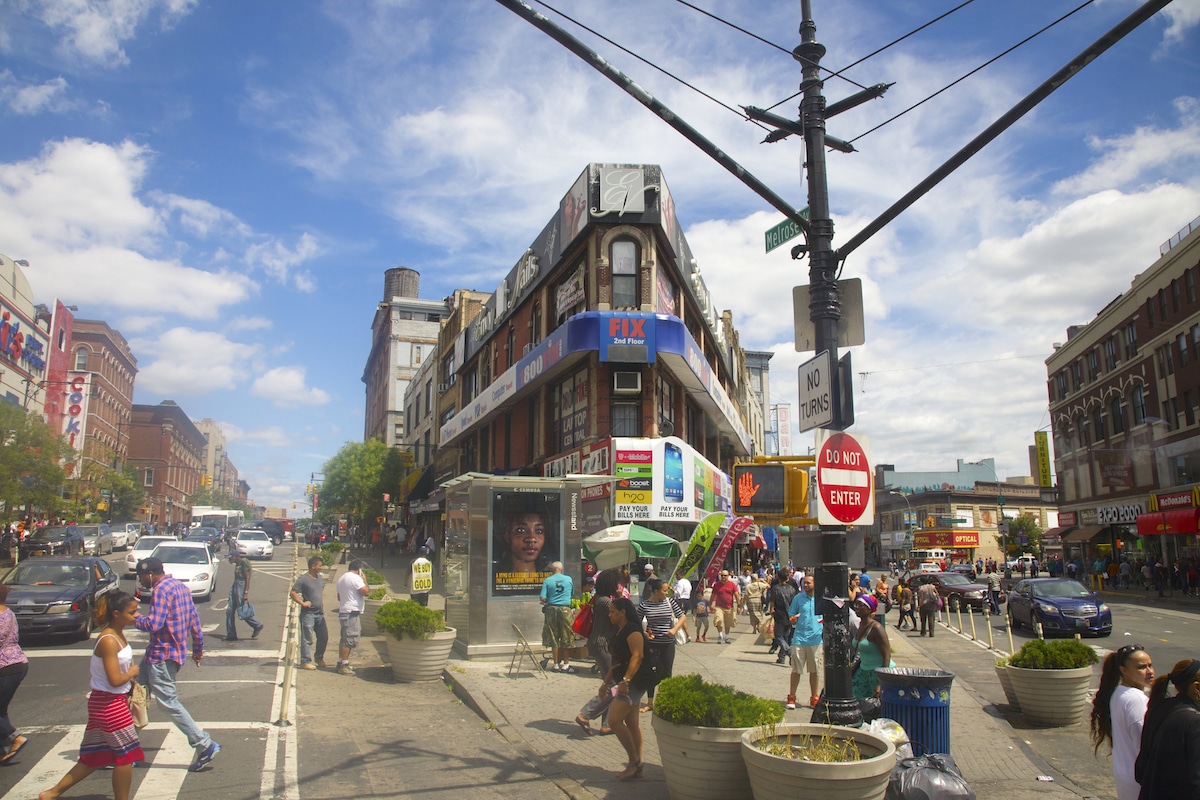NYC Mapping Project Shows How Heat Exposure Impacts Lower Income Neighborhoods

 Why you can trust us
Why you can trust us
Founded in 2005 as an Ohio-based environmental newspaper, EcoWatch is a digital platform dedicated to publishing quality, science-based content on environmental issues, causes, and solutions.
New York City’s South Bronx is eight degrees Fahrenheit hotter than its Upper East and West sides, two of its wealthiest neighborhoods that sit on either side of Central Park.
That stark reminder of the relationship between income inequality and exposure to high heat is the result of the first-ever street-by-street analysis of temperature in New York City, conducted with the help of citizen scientists who actually have to live with the data they recorded.
“The variation in temperature is stark,” lead investigator Liv Yoon told The Guardian. “The built environment really matters on how heat manifests and what people feel.”

Scientists have long known that cities are hotter than rural areas. In fact, there is even a name for this phenomenon: the urban heat island effect (UHIE), according to Heat Story NYC, where the results of the mapping are published. The effect is caused by various factors including the fact that urban building materials like concrete and brick tend to absorb heat and cities have more vehicles and infrastructure that emit carbon as well as lots of tall buildings standing close together. Not everyone living in a city experiences that higher heat equally, however. Because of a long history of discrimination and redlining, minority and low-income populations tend to live in less desirable neighborhoods with fewer trees and suffer from preexisting health conditions that make them more vulnerable when temperatures rise. Half of the New Yorkers who died from heat-related causes between 2000 and 2012 were Black and half lived in low-income neighborhoods, The New York Times reported.
All of this is well known, but to better illustrate the relationship between heat exposure and inequality, the National Oceanic and Atmospheric Administration (NOAA) launched its NOAA Urban Heat Island Mapping Campaigns in 2017, working with Climate Adaptation Planning and Analytics (CAPA) Strategies to design citizen science projects to map heat in cities across the U.S.
“There’s a lot of complexity around how temperatures vary,” NASA remote-sensing specialist and director of Columbia University’s Environmental Justice and Climate Just Cities director Christian Braneon told E&E News. “It really has to do with the urban form.”
The New York campaign took place on July 24, 2021 with the help of South Bronx Unite, a grassroots organization in the neighborhood, according to Heat Story NYC.
“I like to actually think of this project as almost like a culmination of what we’ve been doing,” the group’s co-founder Melissa Barber told E&E News.
The mapping, which covered Northern Manhattan and the South Bronx, differed from other attempts to map urban heat because it recorded ambient temperature — how the air actually feels — as opposed to ground temperature, Heat Story NYC explained.
While the information the data revealed is not necessarily new, Barber told The Guardian that she hopes it will help organizations like hers fight for the structural changes necessary to reduce the heat disparity, such as capping the Cross Bronx Expressway and covering some of it with green space. Heat Story NYC also advocated planting more street trees in places found to be heat islands.
“Because we as a community have had to face so much neglect and rejection by elected officials, we had to come together and fight for the things that we feel are necessary,” Barber told The Guardian. “Data will be the backing.”
Resolving the problem is even more urgent as the climate crisis is projected to raise the number of days 90 degrees Fahrenheit or higher in New York City to 57 by 2050, The New York Times reported.
“If you think about the big challenges of the world, whether it’s energy, water, or food, the cities are where these challenges are being played out,” Princeton University environmental engineer Elie Bou-Zeid told Science. “When you’re talking about extreme heat, and heat fatalities, even a degree makes a difference. And we know that urban heat islands could [add] several degrees.”
Subscribe to get exclusive updates in our daily newsletter!
By signing up, you agree to the Terms of Use and Privacy Policy & to receive electronic communications from EcoWatch Media Group, which may include marketing promotions, advertisements and sponsored content.

 233k
233k  41k
41k  Subscribe
Subscribe 




